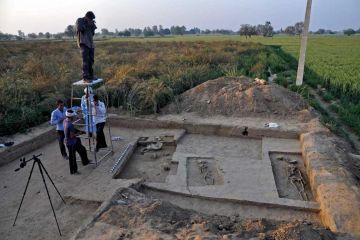
Raman Sukumar—the man
who knows more about the Asian elephant than anyone else in the world, chanced
upon his passion by accident. In a conversation with the Indian ecologist
Madhav Gadgil, who was his PhD supervisor, the latter told Raman about a few
skirmishes involving elephants in a few villages on the outskirts of Bengaluru.
“I just took that idea and kind of ran with it,” he says.
Sukumar today is known
as foremost expert on the ecology of the Asian elephant and human-wildli





